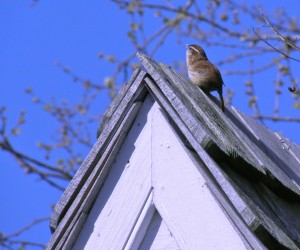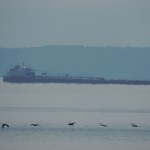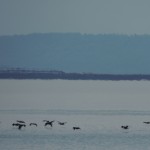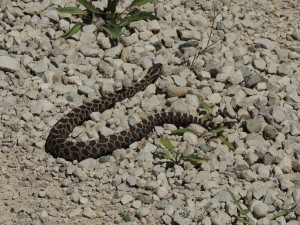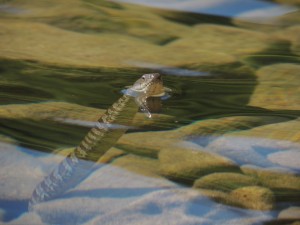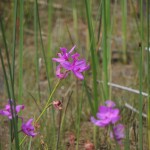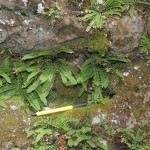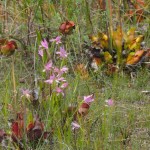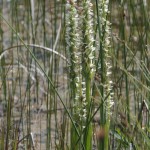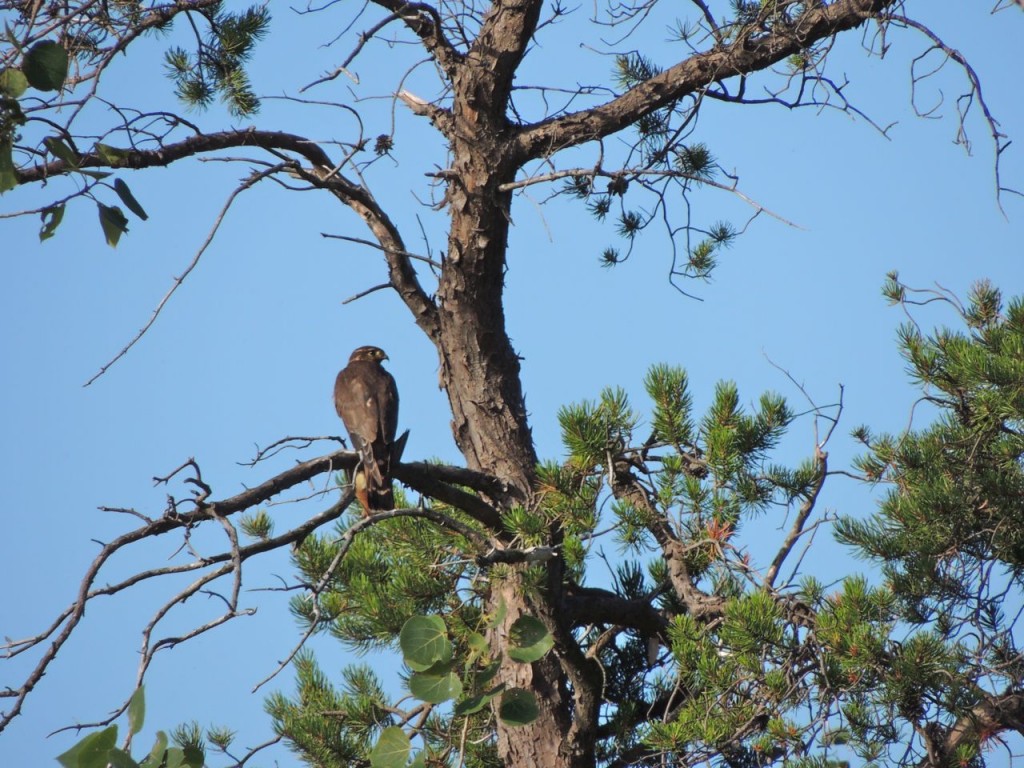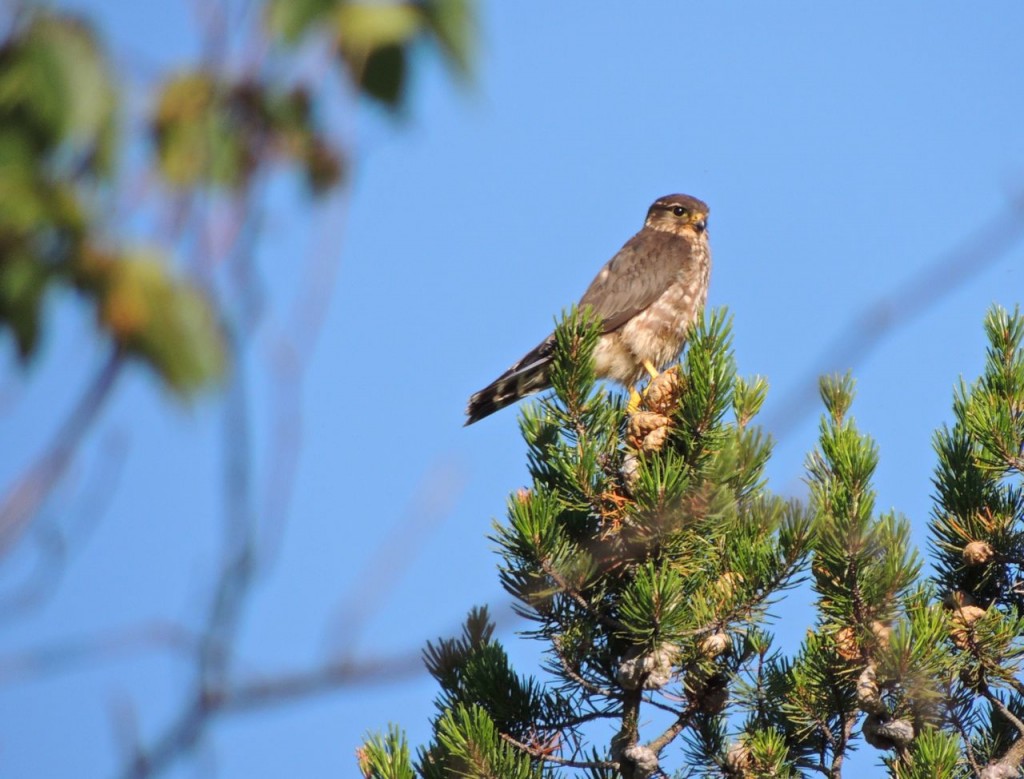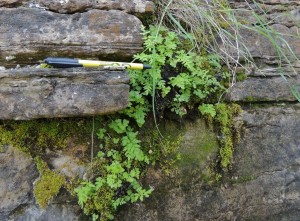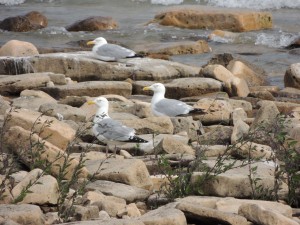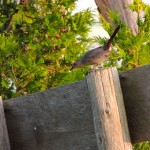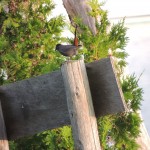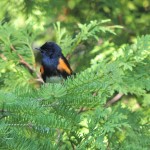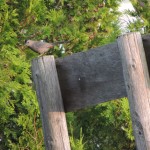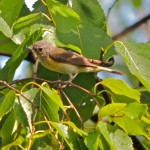22 July 2013. Flamborough ON. I know that I go on a lot commenting on the change in seasons. I can’t help it, it’s unavoidable when you’re studying the natural world and birds in particular. The middle of July is the time when the many birds (passerines in particular) turn off their more active territorial behaviours. It makes the birding experience quite different. Without the obvious evidence of song the woods and field seem empty, although of course they’re not; in fact quite the opposite because now we have the young of the year supplementing the bird populations.
The suffocating heat of last week kept me indoors for too long so now that temperatures are normal or almost chilly, I was eager to get out and look for ferns and birds. I set out to some of my favourite places.
My first stop was to follow the course of a clear stream through a dense and mostly quiet Eastern White Cedar forest. It was a bit of a Hans Christian Andersen setting: burbling brook, the occasional cawing of a crow and deep, shady elf-groves – very peaceful; not many birds, but plenty of challenging ferns.
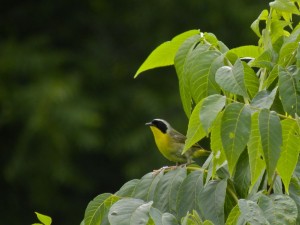
Emerging at a quiet country road I made my way back to my car and then the bird list grew a bit. In several places, pairs of Common Yellowthroats were feeding young and chipping loudly to assure them that food’s coming. A couple of treetop Great Crested Flycatchers called out and a distant Winter Wren was singing its tumbling unwinding song from somewhere impossible to get to unless you’re the size of a wren.
My Bird of the Day was a Pileated Woodpecker that I first heard calling from a way back in the swampy woods, it grew closer and for a while I wondered if there was more than one: fledglings maybe. Eventually an adult flew out, crossing the road overhead in its heavy flap-and-swoop flight. I tried to re-find it where I believed it had landed but as soon as it saw me it took off again. Pileated Woodpeckers are neat birds, big and loud but usually shy. The ‘pileated’ part of its name is derived from the word pileaus or cap, a reference to its conspicuous crest. The term pileus is often used in the study of mushrooms where the cap is properly called the pileus.
When I headed home I felt I’d recharged my batteries, all that was left to do was report the marijuana grow-op I’d found; I didn’t mention that did I? Well, that’s another story.
